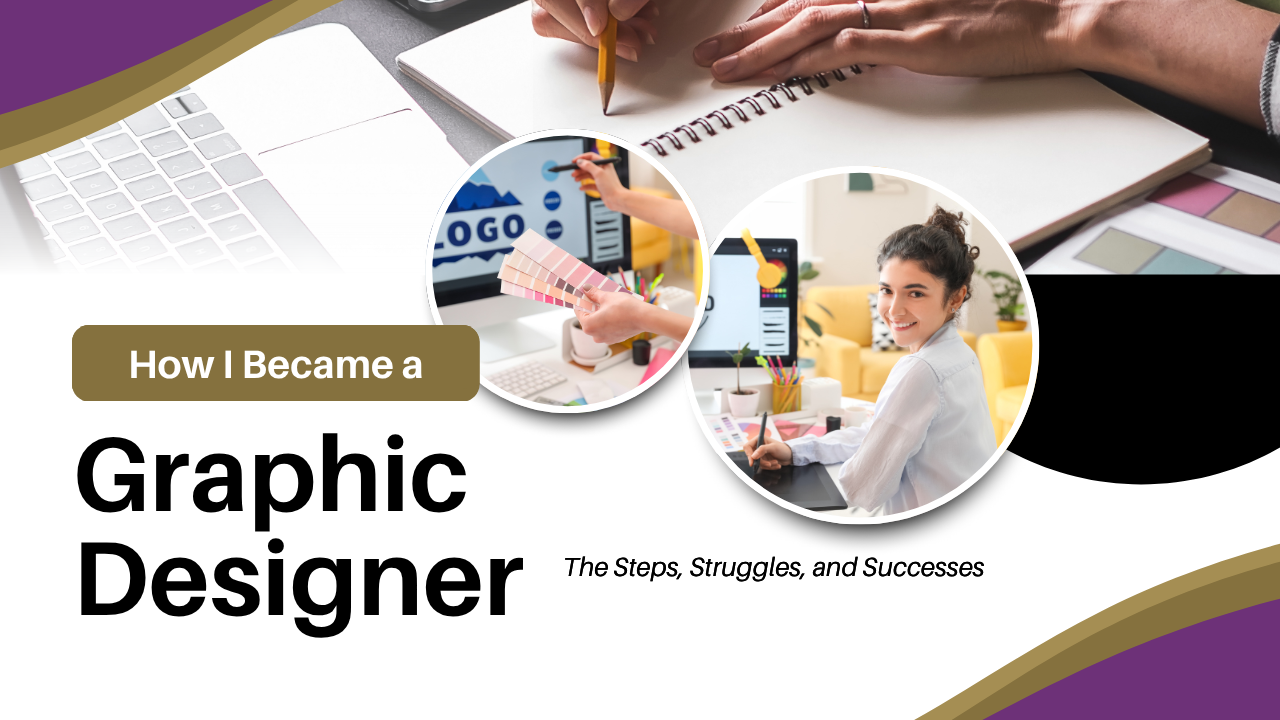
In 2025, the demand for freelance graphic designers is at an all-time high. With more businesses, content creators, and startups needing visual content, skilled designers have countless opportunities to work independently from anywhere in the world. The good news? You don’t need a degree or years of experience to get started. All you need is creativity, consistency, and a roadmap.
Whether you’re a beginner with no formal training or someone looking to turn your hobby into income, this guide will walk you through how to start a freelance graphic design career from scratch —step-by-step.
1. Understand What Graphic Design Really Is
Before diving in, you need to understand what graphic design involves. It’s not just making things “look pretty.” Graphic design is visual communication. It includes creating logos, branding materials, web graphics, posters, social media posts, product packaging, advertisements, UI/UX interfaces, and more.
As a freelancer, you’ll work with clients who expect visuals that not only look good but also solve problems and deliver messages clearly. That’s why your first step is understanding the principles of design:
* Color theory
* Typography
* Layout and composition
* Branding
* Visual hierarchy
Free learning platforms like YouTube, Coursera, and Skillshare are great places to begin building this foundation.
2. Choose the Right Design Tools (Start Free!)
You don’t need expensive software to start freelancing. There are free and beginner-friendly tools that are widely used and respected in the design community:
* Canva – Great for social media graphics, branding kits, and presentations.
* Photopea – Free alternative to Photoshop, perfect for photo editing.
* Figma – Excellent for UI/UX, website mockups, and prototyping.
* Gravit Designer / Vectr – For vector-based logos and illustrations.
* GIMP / Inkscape – Open-source alternatives to Adobe software.
Start with one or two tools that align with your interest (branding, web, or social media), then expand your toolbox as you grow.
3. Build Your Design Skills Through Practice
Practice is your greatest teacher. Before charging clients, spend time designing for yourself or imaginary clients. Here are a few ideas to build your skills:
* Redesign existing brand logos
* Create Instagram post templates
* Design YouTube thumbnails or banners
* Make flyers for a fake event
* Create branding kits (logos, business cards, color palette)
Each project you complete should focus on improving your layout, creativity, consistency, and ability to follow design briefs.
“Design is more than just a few tricks to the eye. It’s a few tricks to the brain.”
— Neville Brody
4. Build a Portfolio (Even Without Clients)
Your portfolio is your #1 marketing tool as a freelancer. It shows potential clients what you can do. Don’t worry if you don’t have real clients yet. You can:
* Create passion projects or mockups
* Offer free work to friends, nonprofits, or small businesses
* Participate in design challenges or contests (e.g., on Instagram or Dribbble)
* Redesign existing famous brands to show your creativity
Use free platforms like Behance, Dribbble, or even Google Drive to organize your work professionally. You can also build a free portfolio website using Carrd, Notion, Wix, or WordPress.
5. Learn How to Price Your Work
One of the biggest challenges for beginners is pricing. Start by researching freelance rates on platforms like Fiverr or Upwork. Consider your skill level, the time a project takes, and the complexity.
Here’s a simple pricing guide for beginners:
* Social Media Post Design: $5 – $25
* Logo Design: $25 – $100
* Flyer / Poster Design: $15 – $50
* Branding Kit: $100 – $300
* Website Mockup (Figma): $100 – $500+
Start small to build confidence, then gradually increase your prices as your portfolio and client base grow. Always ask for 50% upfront payments to avoid being underpaid or scammed.
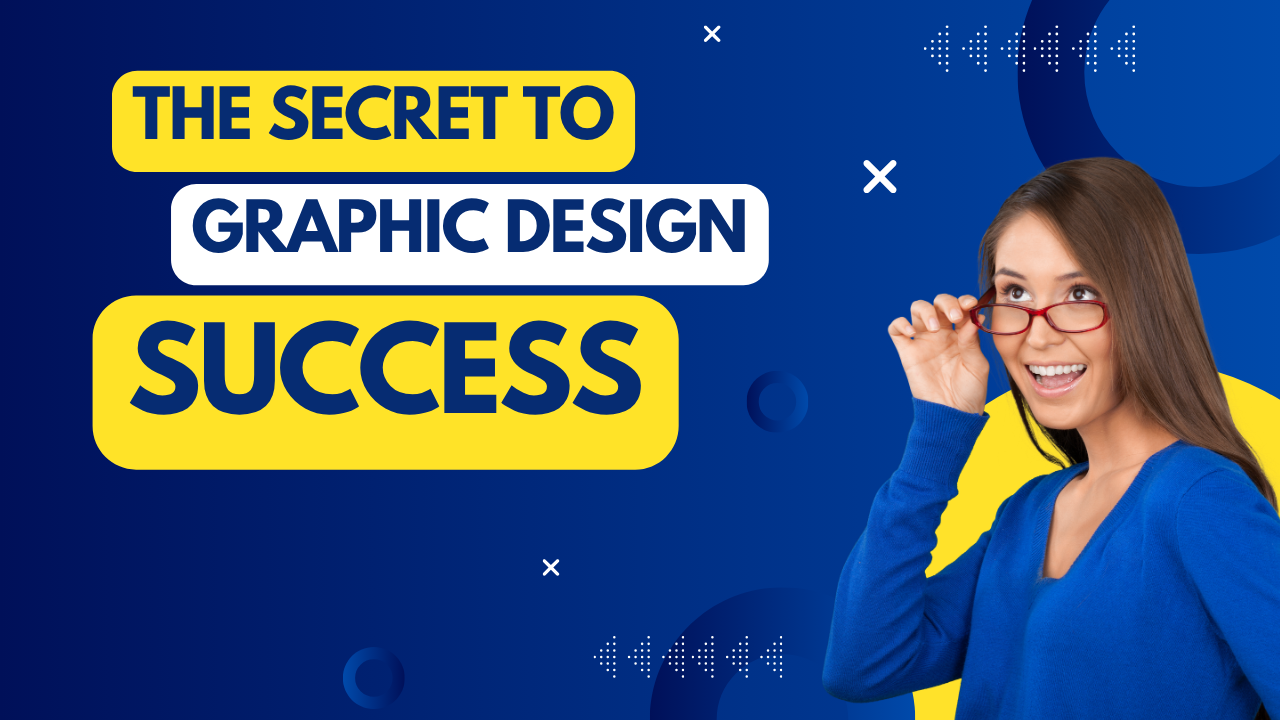
6. Create Freelance Profiles on Popular Platforms
To get your first few clients, join platforms where people are already searching for designers:
* Fiverr – Ideal for beginners with quick, clear service offerings.
* Upwork – Great for serious, long-term clients. Requires proposal writing.
* Freelancer.com – Project-based gigs across different categories.
* PeoplePerHour – Freelance platform focusing on quality gigs.
* LinkedIn & Facebook Groups – Networking with business owners and entrepreneurs.
Make your profile clear and niche-specific. Instead of writing “I do everything,” write something like:
> “I help small businesses design modern, eye-catching logos and branding that leave a lasting impression.”
7. Start Pitching and Networking
If you wait for clients to come to you, it may take time. Take initiative by reaching out to potential clients. Look for:
* Small businesses with poor branding
* Local cafes or shops
* Instagram pages without good design
* Content creators or YouTubers who need thumbnails
Send them a friendly message offering your services. Attach a sample design and explain how you can help improve their brand visuals. Networking through Instagram, LinkedIn, and even Twitter (X) can lead to long-term clients.
8. Learn Basic Business Skills
Freelancing is not just design—you’re also running a business. That means you should learn basic skills like:
* Time management
* Client communication
* Invoicing (use tools like PayPal, Wise, or Bonsai)
* Project delivery
* Revisions and feedback handling
Create a professional process: send a proposal, take a deposit, do the work, deliver files, and request a testimonial or review.
9. Collect Reviews and Testimonials
Social proof builds trust. After finishing a project, ask your clients to leave a review or testimonial. If you’re using Fiverr or Upwork, this helps increase your ranking. If you’re working off-platform, post these testimonials on your portfolio or social media.
Even your first few clients can help shape your brand image, so deliver your best work and ask for permission to showcase it.
10. Keep Learning and Stay Consistent
Design trends change quickly. As a freelance graphic designer, staying updated is crucial. Follow design influencers, watch YouTube tutorials, and join communities like:
* Instagram design accounts
* YouTube channels (e.g., The Futur, Satori Graphics, Yes I’m a Designer)
* Reddit (r/graphic\_design)
* Design Discord communities
Keep learning about typography, color psychology, branding strategy, and more. The more skilled and informed you are, the more confidently you’ll handle client projects.
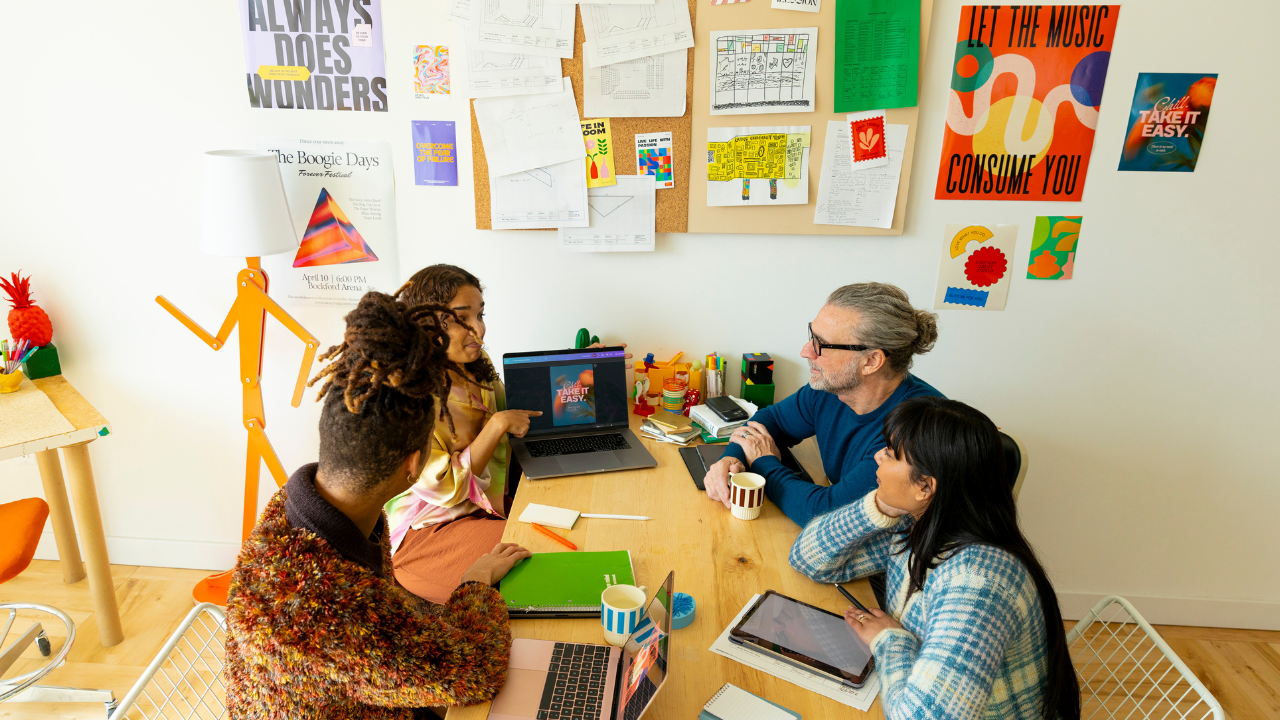
Final Thoughts: Start Small, Think Big
Keep learning about typography, color psychology, branding strategy, and more. The more skilled and informed you are, the more confidently you’ll handle client projects.
Final Thoughts: Start Small, Think Big
Starting a freelance graphic design career from scratch may feel overwhelming—but it’s absolutely possible. With free tools, practice, and a growth mindset, you can go from beginner to professional without needing a formal degree.
Be patient. Your first client might take time, but once you build a few projects, your momentum will grow. Stay creative, always keep learning, and remember: every great designer once started from zero—just like you.
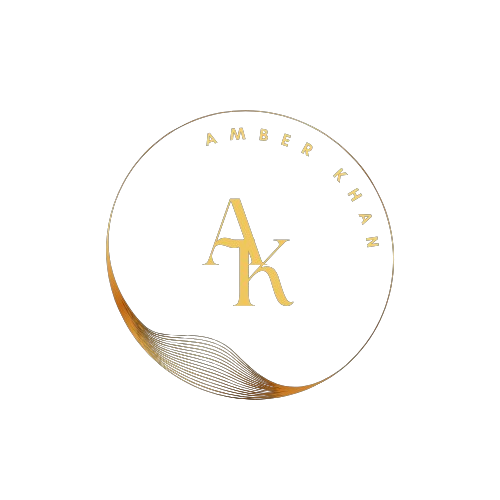
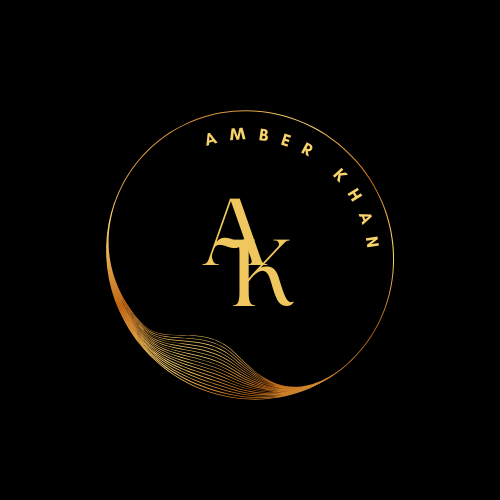
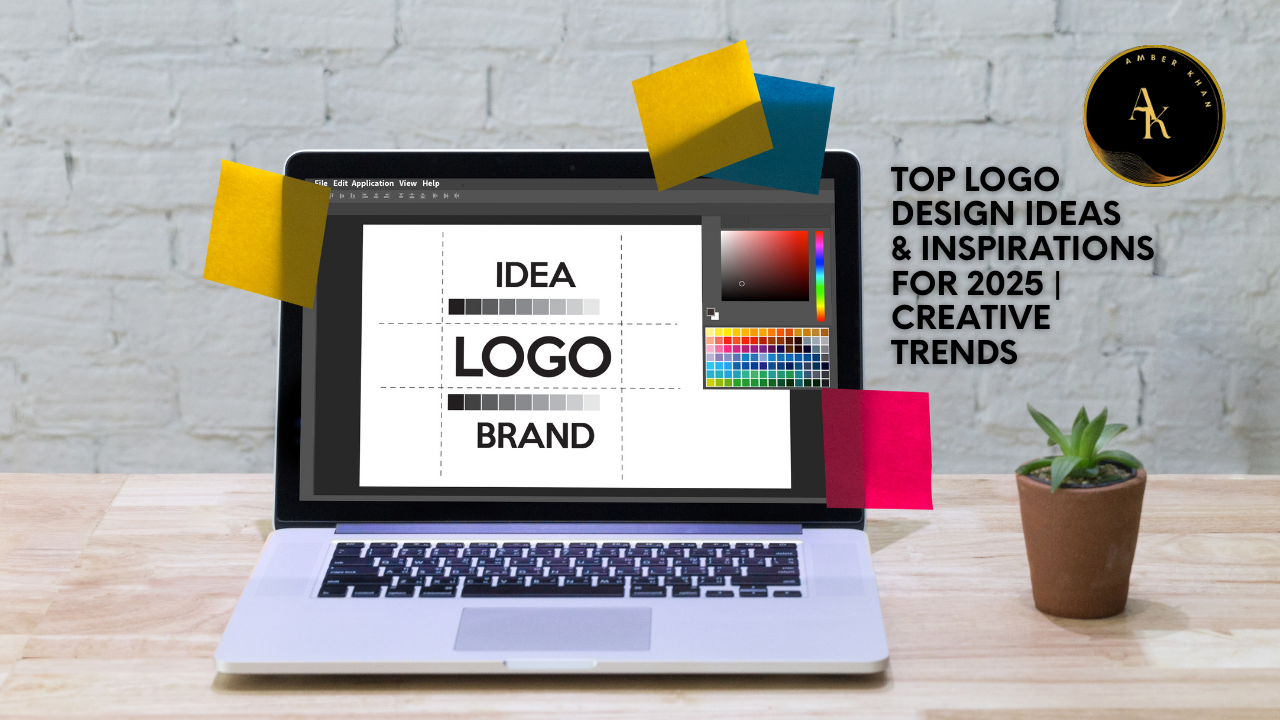
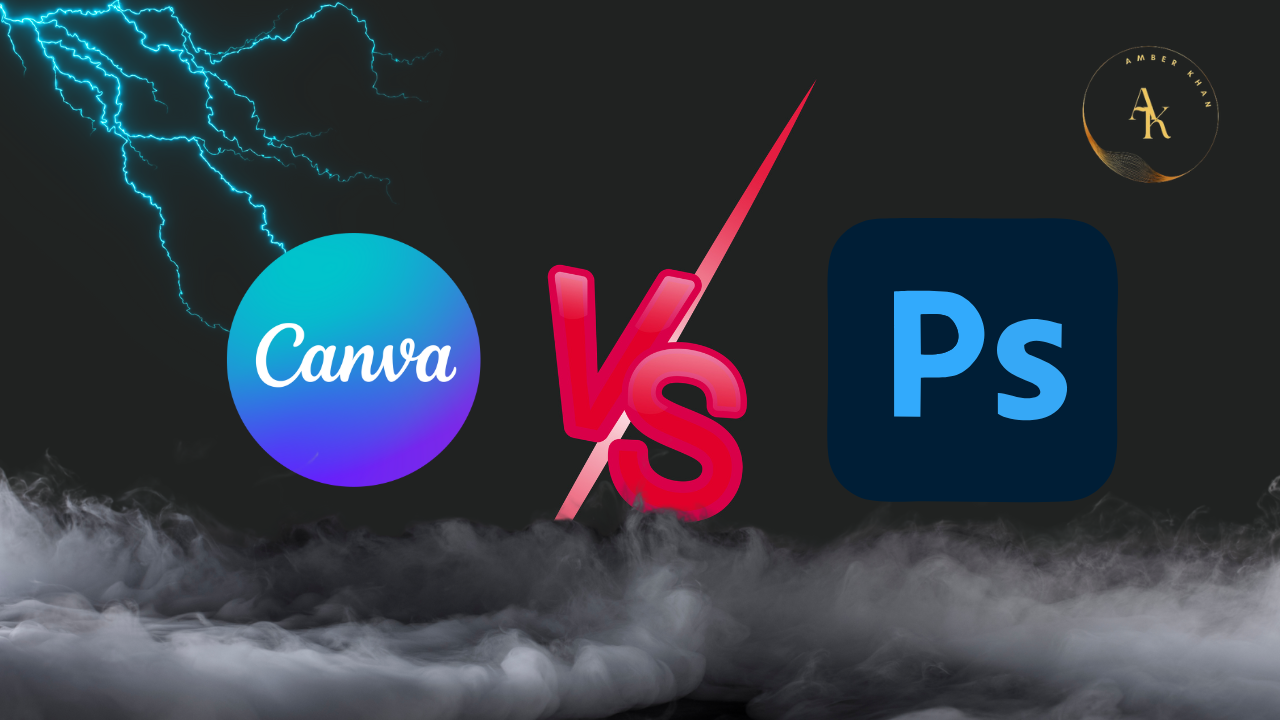
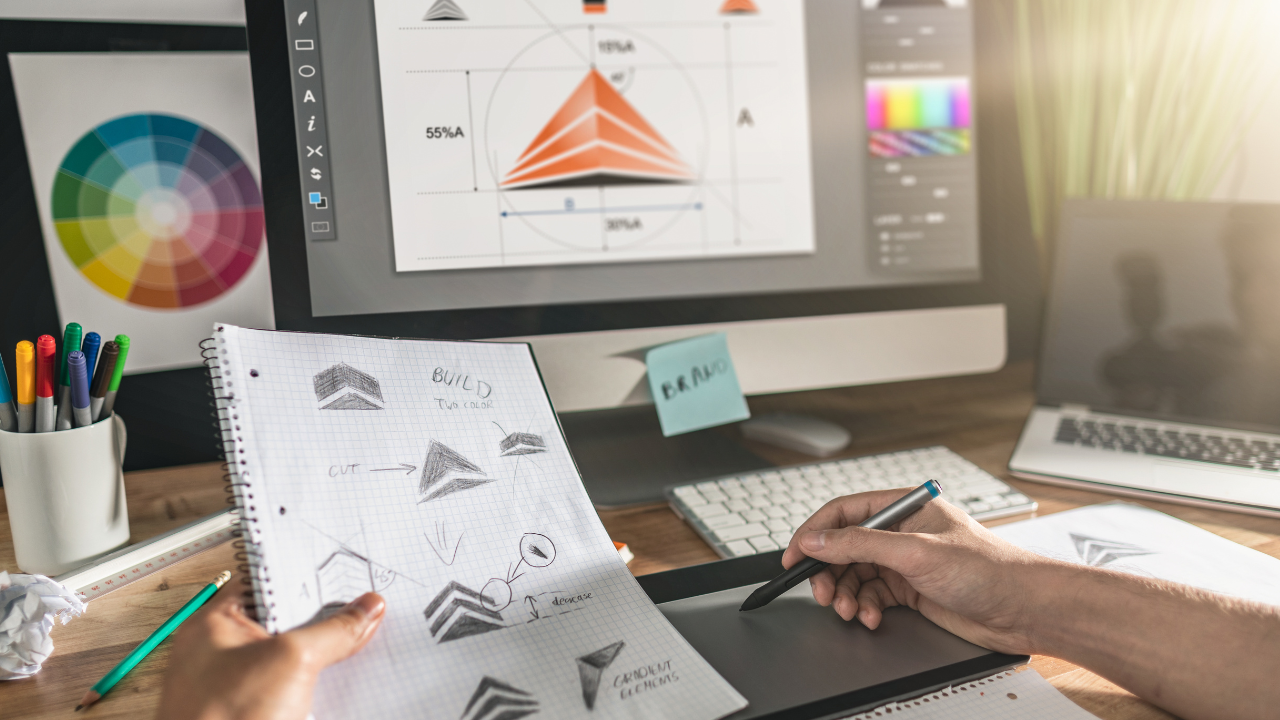
[…] August 5, 2025 […]
[…] August 5, 2025 […]
Thanks
[…] August 5, 2025 […]
[…] post August 5, […]
[…] August 5, 2025 […]